Neuralink just showed us something amazing in their latest livestream – it's a game-changer for making tech more accessible and inclusive. Watching a quadriplegic man play chess on a computer just by thinking about his moves was truly inspiring. This is all thanks to Elon Musk's new venture, Neuralink, which is all about connecting the brain to computers. They dropped a nine-minute video where we see their first human test subject, who can't move below his shoulders, playing a computer game using nothing but his thoughts. It's a big step forward in showing how this chip can give people the power to control a computer with their minds. Twenty-nine-year-old Noland Arbaugh, who was featured in the video, was paralyzed following a car accident. The man received a device from the company in January and could control his computer mouse through his thoughts as per NBC News.
Apart from playing chess Arbaugh, is also seen turning off his laptop's music with the help of the device. Arbaugh shared that he had been paralyzed for 8 years and was quite happy with the results of the device. Previously he had to use a mouth stick due to the unavailability of other options. There were no devices visible in the video shared by the company. “It’s all being done with my brain. If y’all can see the cursor moving around the screen, that’s all me. It’s pretty cool, huh?” Arbaugh says in the video. Neuralink has become one of the three companies to launch functioning brain implants. Blackrock Neurotech and Synchron are the other two companies and have been in the business for years before Neuralink. Several other startups are rushing into the industry.
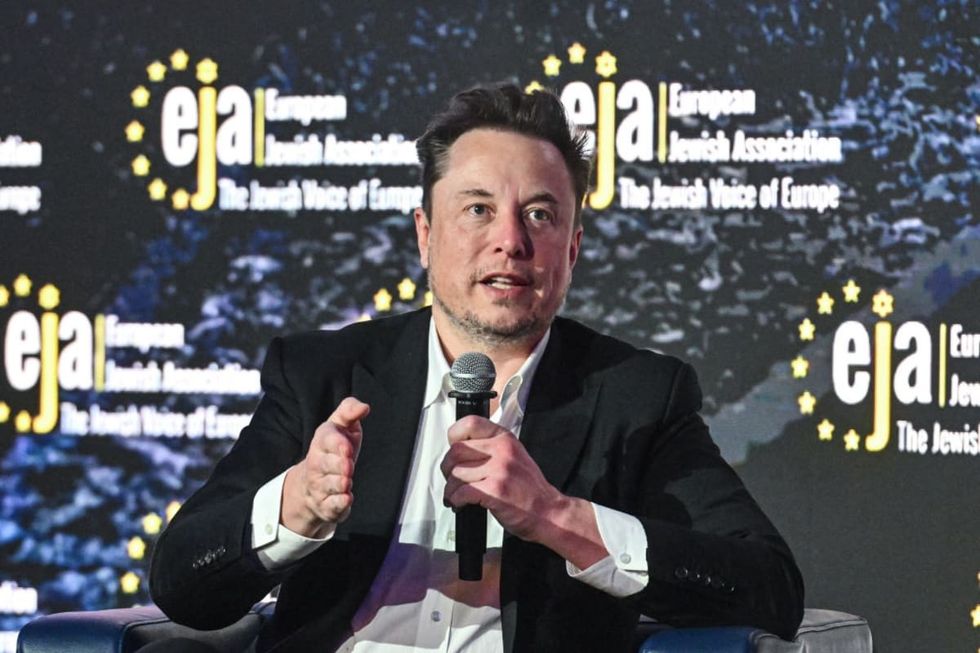
The video was released on Elon Musk's X handle two months after he announced that the company had put an implant on a human for the first time. This has been made possible after years of research by physicians and neuroscientists in the field of brain-computer interfaces. The doctors implanted the first device in 2004 as per the outlet. It was known as the Utah Array, named after the place where it was invented. A version of it is still being used by Blackrock Neurotech.
Scientists who have worked on the implant told the outlet that Neuralink has made significant gains when it comes to technology, but it is still in its early stages so not much can be revealed to the public about the study. In the video shared by Neuralink, the man talks about the process he went through to get the implant and train on it afterward. He said that thinking about moving his hand through which the computer cursor would eventually move gradually became second nature to him. “It just became intuitive to me to start imagining the cursor moving. It was like using The Force on the cursor, and I could get it to move wherever I wanted," he says. Arbaugh adds that we seem to be learning new stuff every day.





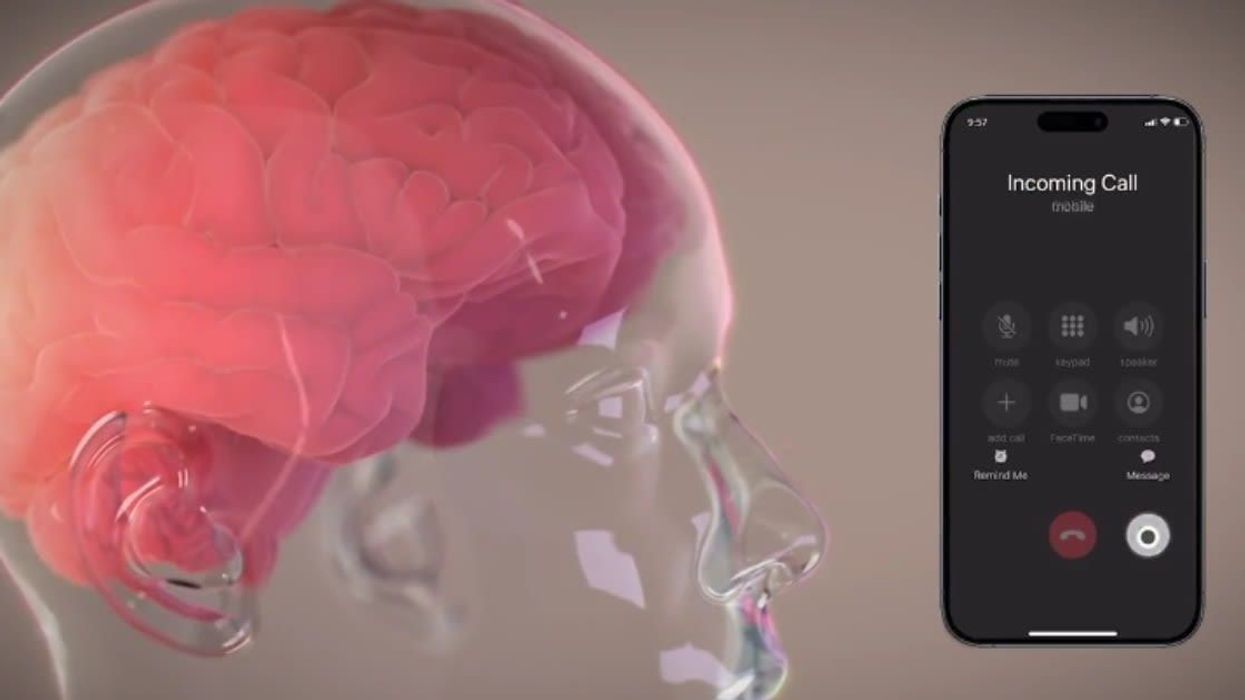












 A symbol for organ donation.Image via
A symbol for organ donation.Image via 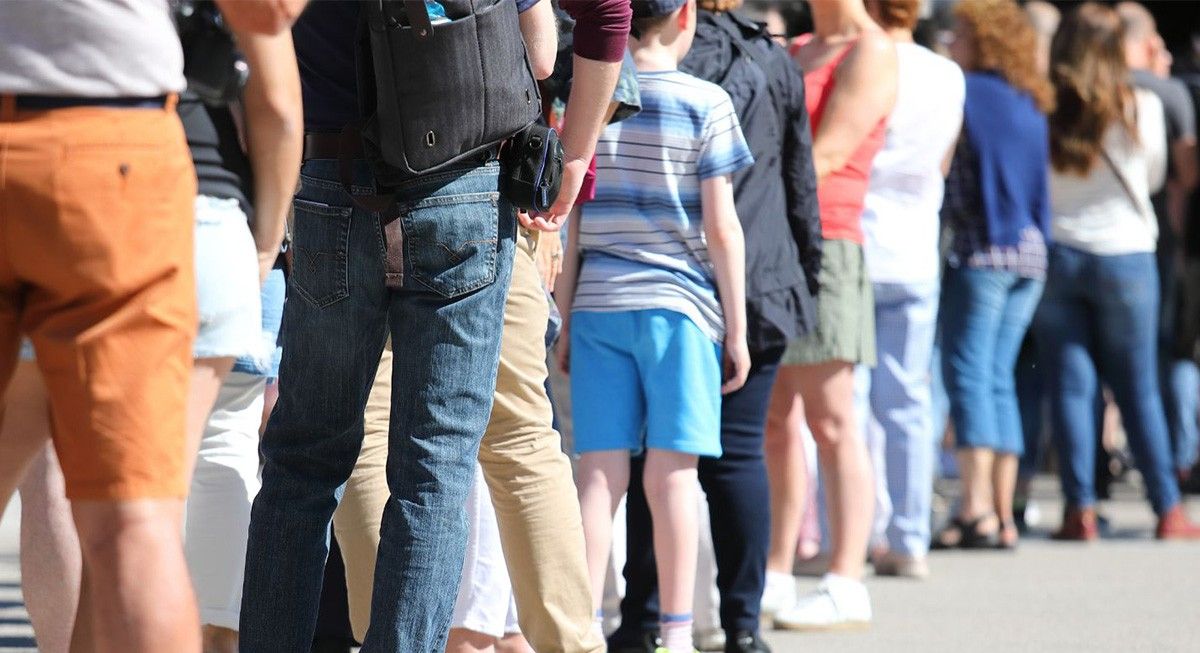 A line of people.Image via
A line of people.Image via  "You get a second chance."
"You get a second chance." 
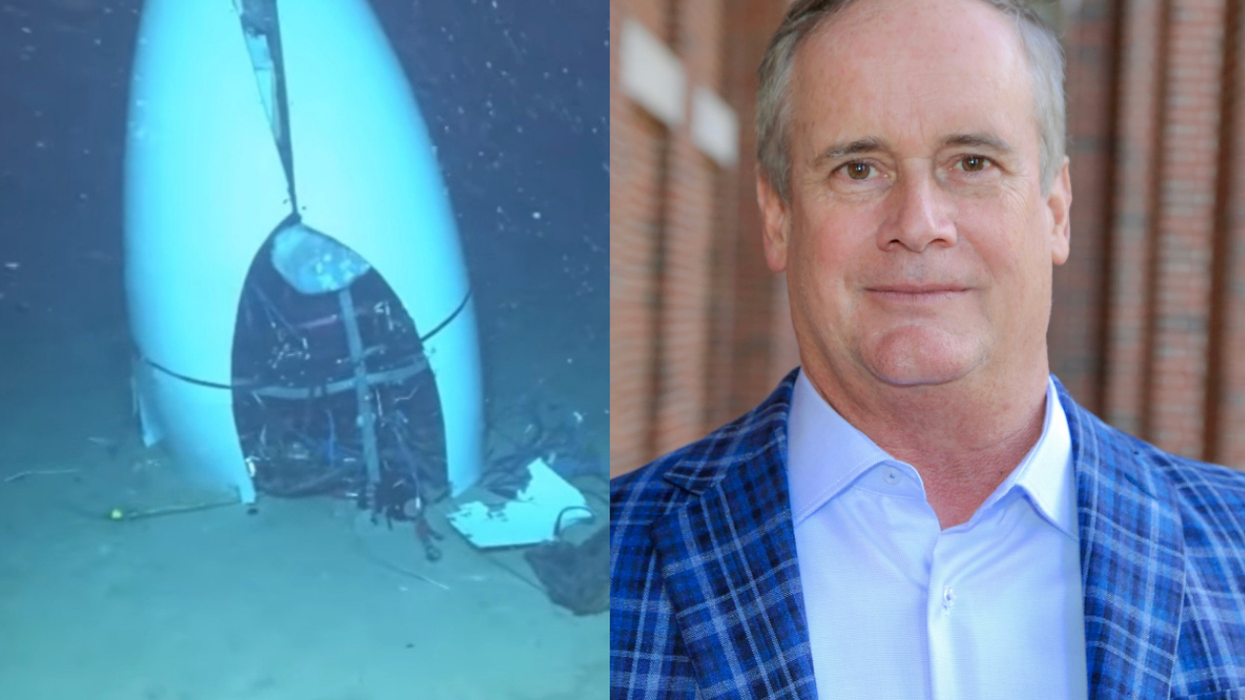

 36 is the magic number.
36 is the magic number. According to one respondendant things "feel more in place".
According to one respondendant things "feel more in place". 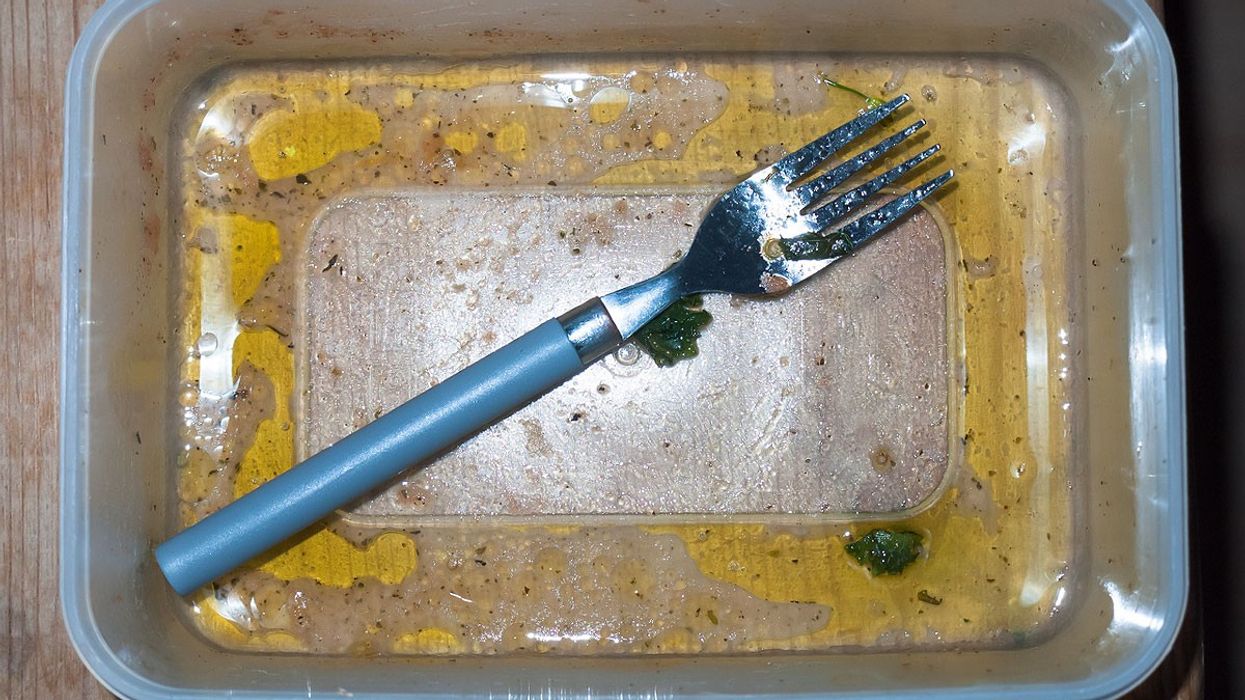
 Some plastic containers.Representational Image Source: Pexels I Photo by Nataliya Vaitkevich
Some plastic containers.Representational Image Source: Pexels I Photo by Nataliya Vaitkevich Man with a plastic container.Representative Image Source: Pexels | Kampus Production
Man with a plastic container.Representative Image Source: Pexels | Kampus Production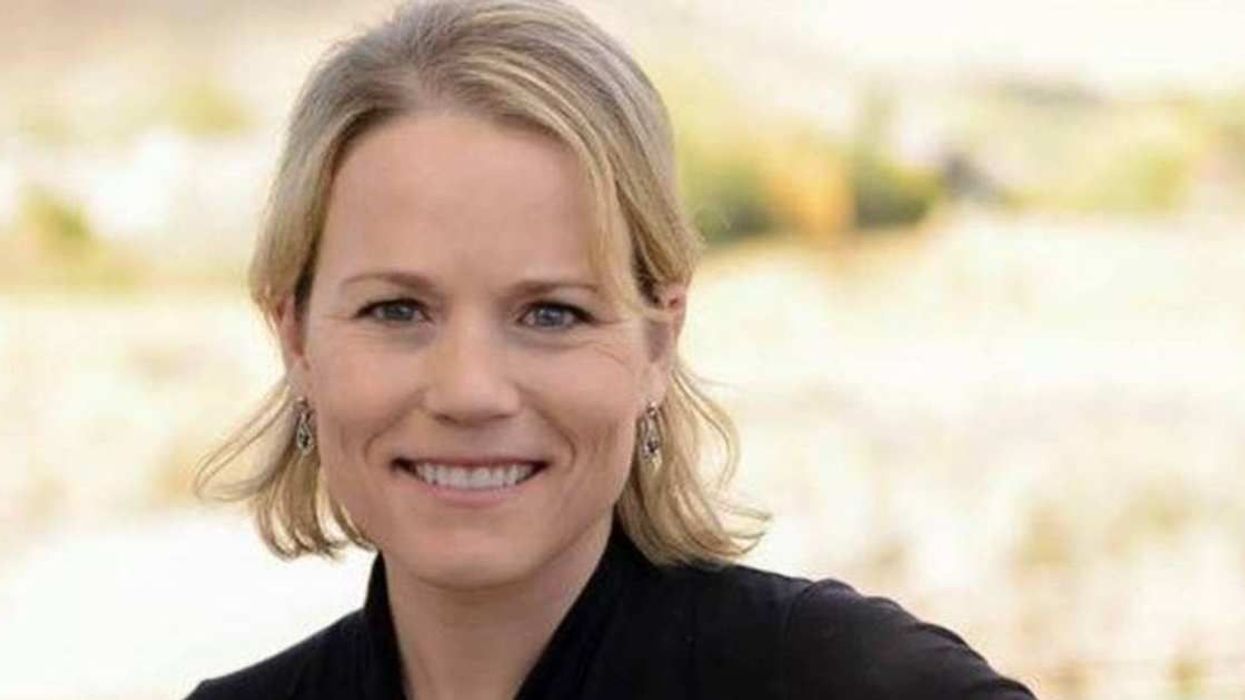
 Canva
Canva It's easy to let little things go undone. Canva
It's easy to let little things go undone. Canva
 Photo by
Photo by 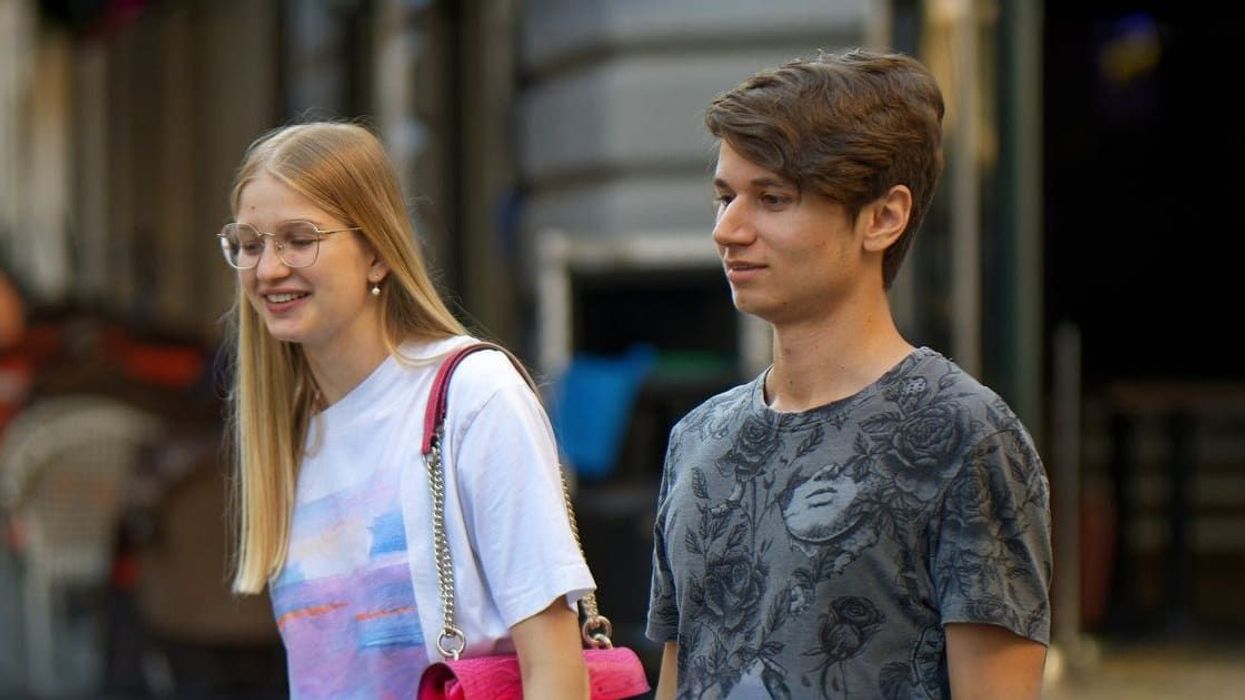
 Teens are waiting longer than at any point in the survey’s history. Canva
Teens are waiting longer than at any point in the survey’s history. Canva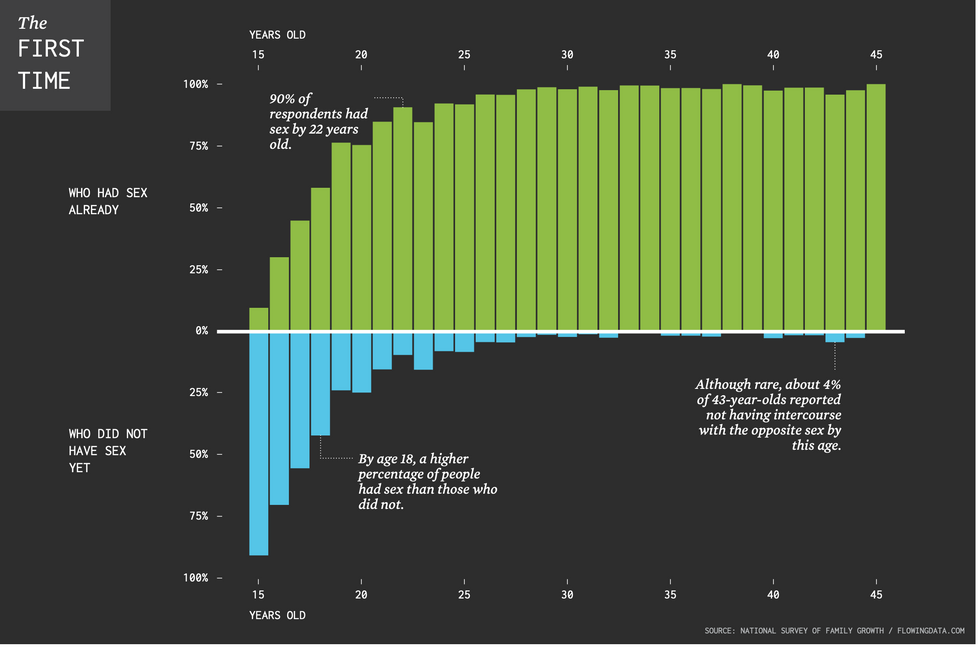 Chart on the age of a person’s first time having sex.National Survey of Family Growth/flowing data.com | Chart on the age of a person’s first time having sex.
Chart on the age of a person’s first time having sex.National Survey of Family Growth/flowing data.com | Chart on the age of a person’s first time having sex.